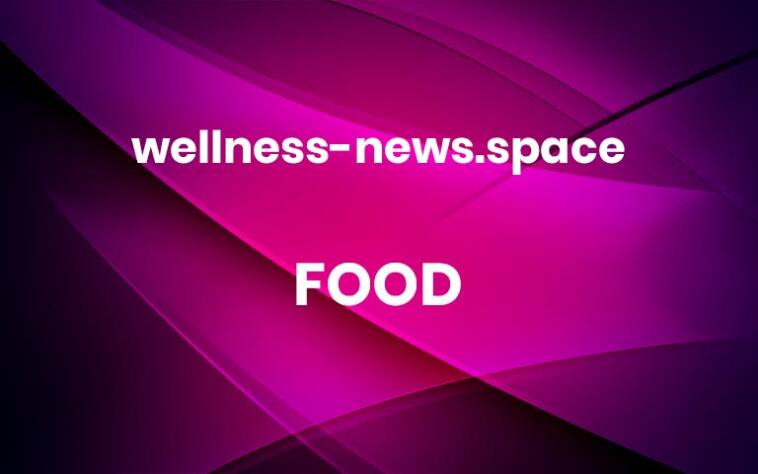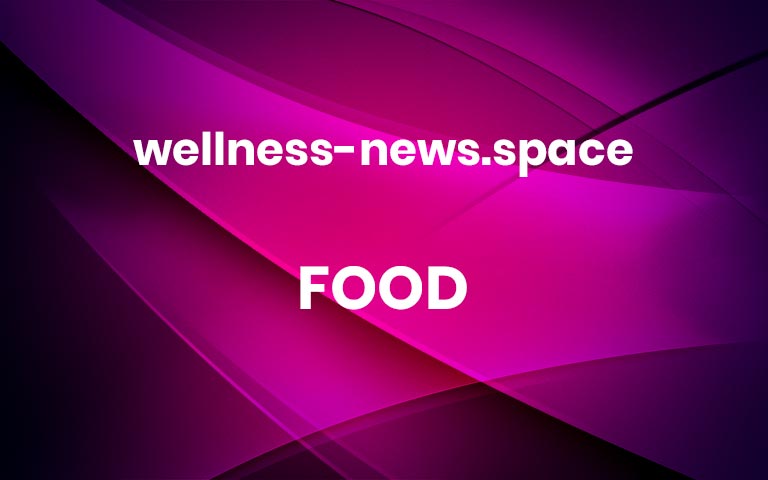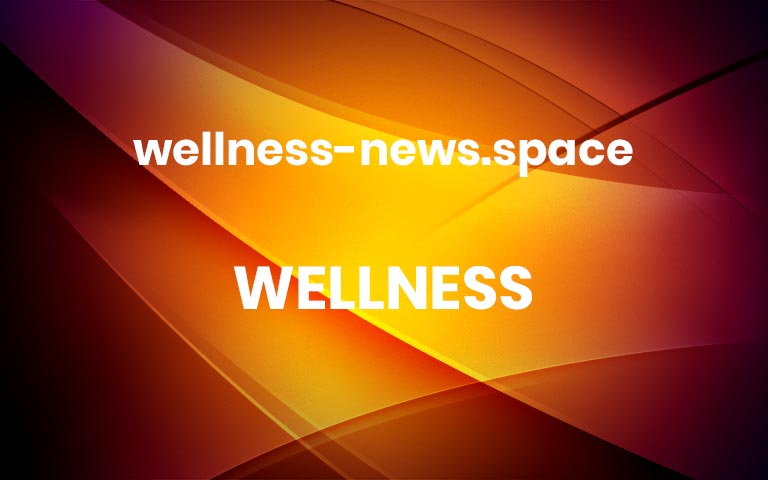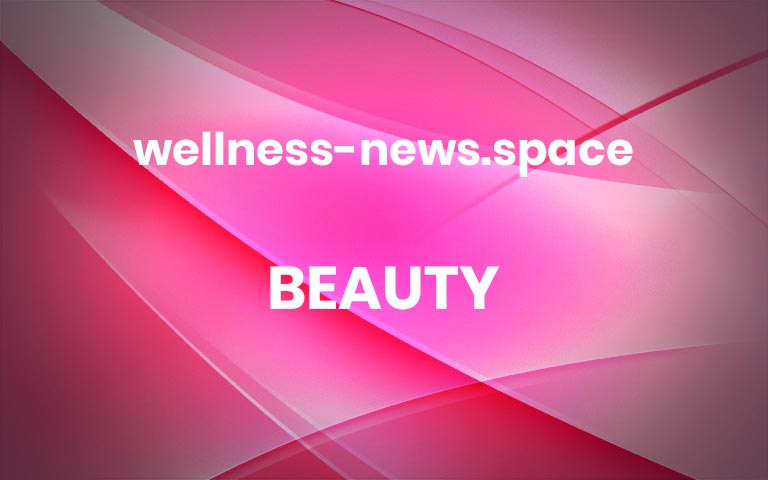There are roughly 79 million vegans worldwide and about 9.7 million people who follow a vegetarian or plant-based diet in the U.S. People are abstaining from meat and its byproducts for a variety of reasons—from sustainability to environmental impacts, animal welfare to personal health. And those people are looking for healthy vegan snacks.
A new study called The Power of Meat Report showed that self-identified meat eaters dropped from 85 to 71 percent in 2020. There’s been a surge of new vegan food products to meet the demand. It’s never been easier to adopt a vegan lifestyle.
Even if you do consume animal products, you can slowly but gradually reduce your intake. Check out these vegan snacks next time you go to the grocery store.
Best Healthy, Store-Bought Vegan Snacks to Fight All Your Cravings
Courtesy image
1. Barnana Original Organic Banana Bites
Barnana snacks are made from upcycled bananas (i.e. bananas that aren’t perfect enough to make it to the grocery store) to reduce food waste. The brand turns perfectly imperfect bananas into chewy, organic snacks. It’s like banana bread on the go—but healthy. The only ingredient is bananas; nothing more, nothing less.
[From $29.99, 6-pack; barnana.com]
Get it
Courtesy image
2. Bare Snacks Fuji and Reds Apple Chips
Bare turns fresh produce into crunchy chips by baking, never frying. Fuji & Reds Apple Chips contain no added sugar or preservatives, are a good source of fiber, are fat- and gluten-free, vegan, and Non-GMO Project Verified.
[$25.74, 6 bags; amazon.com]
Get it
Courtesy image
3. Biena Chickpea Snacks Sea Salt
Chickpeas are loaded with plant-based protein and fiber. Biena roasts them until perfectly crunchy, then dusts with sea salt. There’s nothing artificial; just simple, whole-food ingredients in this gluten-, nut-, grain-, and dairy-free snack.
[$17.96, 4-pack; bienasnacks.com]
Get it
Courtesy image
4. Frooze Balls Peanut Butter and Jelly
Frooze Balls is dedicated to plant-powered snacks that are good for you and the planet. Its PB&J energy balls pack nostalgic flavor into each coconut-covered bite to keep your taste buds happy anytime, anywhere.
[$19.99, 8-pack; froozeballs.com]
Get it
Courtesy image
5. Navitas Power Snacks Cacao Goji
These vegan snacks from Navitas are made with dates, seeds, and superfoods for a bite that satiates. The cacao goji flavor provides important vitamins, minerals, and antioxidants to boot.
[$9.99; navitasorganics.com]
Get it
Courtesy image
6. Solely Fruit Mango Jerky
Think of Solely Fruit Jerky as vegan, better-for-you Fruit Roll-Ups. The fruit strips are made with whole, organic fruit—no added sugar, preservatives, or concentrates. These are also non-GMO, organic, gluten-free, vegan, and kosher.
[$17.99, 12-pack; solely.com]
Get it
Courtesy image
7. Sabra Hummus Classic Hummus and Guacamole
Sabra products are deliciously simple. Its hummus is made of chickpeas, garlic, and tahini, while its guacamole is just as simple: hass avocados, cilantro, lime, herbs, and spices. Both dips are vegan, non-GMO, and kosher; enjoy with chips or veggie sticks.
[Price varies online and in-store]
Get it
Courtesy image
8. Once Again’s Organic Creamy Peanut Butter
Made with one simple ingredient (just dry roasted peanuts), this peanut butter proves that America’s favorite spread doesn’t need excess sugar or sneaky additives to taste delicious. Unsweetened, salt-free, and void of preservatives, it packs 8 g plant-based protein per serving and is also certified organic, Non-GMO Project Verified, gluten-free, vegan, kosher, and part of the brand’s Honest in Trade Program.
[$7.99; onceagainnutbutter.com]
Get it
Quorn Vegan Buffalo Dippers Courtesy Image9. Quorn Vegan Buffalo Dippers
Quorn Vegan Meatless Buffalo Dippers come in a light, crispy breading of oats, flaxseed, and quinoa. The nugget itself is made of mycoprotein, a type of naturally occurring fungus that’s high in fiber and low in saturated fat. Vegan, non-GMO, and soy-free, these dippers are a deeply satisfying alternative to chicken.
[Price varies online and in-store; quorn.us]
Get it
Courtesy image
10. Santitas Tortilla Chips
Just like the tortilla chips at your favorite Mexican restaurant, Santitas start with high-quality, stone-ground corn. Pair with your favorite salsa or guacamole.
[Price varies online and in-store; fritolay.com]
Get it
Courtesy image
11. Sunsweet Pitted Dates
Sunsweet dates provide 3 g fiber per 120-calorie serving. They taste great on their own, but can also amp up the sweetness in smoothies, oatmeal, and baked goods, serving as a sugar substitute due to their natural sugar content and sticky texture.
[$3.59, 8-oz pouch; sunsweet.com]
Get it
Courtesy image
12. Grillo’s Dill Pickle Spears
Garlic, vinegar, dill, salt, and grape leaves punch up the flavor in this 5-calorie snack. It’s got zero artificial preservatives, is gluten-free, fat-free, certified kosher, and vegan. Eating your vegetables has never tasted so good.
[Price varies online and in-store; grillospickles.com]
Get it
Courtesy image
13. Hippeas Puffs Vegan White Cheddar
Chickpeas are baked into a light, crunchy puff (like a healthy Cheeto Puff) in this genius snack. While the white cheddar flavor is undeniably cheesy, it’s totally vegan and packs 4 g protein and 3 g fiber per bag.
[$39.99, 12-pack; hippeas.com]
Get it
Courtesy image
14. Seapoint Farms Dry Roasted Edamame with Sea Salt
Edamame is already a delicious, high-protein vegan snack, but Seapoint ups the ante by dry roasting and portioning in convenient, single-serve pouches. Each serving has 20 g plant-based protein. And with just two ingredients, soybeans and sea salt, you can feel good about noshing.
[$22.80, 12-pack; amazon.com]
Get it
Shelled pistachios Joanna Kosinska/Unsplash15. Pistachios
Pistachios are the go-to nut for vegans. They’re a great source of essential vitamins and minerals, healthy fats, protein, and fiber, all of which promote overall health and well-being. They’re also a complete plant-based protein source, providing all nine essential amino acids needed to build muscle and proteins in the body. Go for shelled roasted/salted or lightly salted.
[Price varies online and in-store; getcrackin.com]
Get it
Courtesy image
16. Gigantic Limited-Edition “Double Dark Mint” Vegan Candy Bar
Gigantic is a new type of “healthy” candy bar, made with Fairtrade dark chocolate, coconut milk, plant-based caramel, and real sugar (7 g). Better yet, these have 69 percent less sugar than traditional candy bars. You’ll never look back.
[$27.99; giganticcandy.com]
Get it
Courtesy image
17. No Cow Plant Based Protein Bars Peanut Butter Cup
No Cow proves plant-based, low-sugar protein bars don’t have to taste like cardboard. Try Peanut Butter Cup; the chocolate-dipped bar is dairy-free, low in sugar, and offers 20 g plant-based protein (from pea and rice)—the perfect fuel to help power through your day.
[$29.99, 12-pack; nocow.com]
Get it
Courtesy image
18. AYO Almondmilk Organic Yogurt
Each 5.3-ounce cup of AYO Almondmilk Yogurt is made using 20 certified organic almonds. The yogurt alternative is still rich and creamy in texture despite being dairy-free, and contains only 9 g added sugar—less than most yogurt varieties—plus 4 g protein, and live active cultures.
[Price varies online and in-store; ayoyogurt.com]
Get it
Courtesy image
19. Daily Harvest Bites Raspberry + Fig
Daily Harvest Bites make the perfect vegan pick-me-up snack or dessert. All are sweetened with fruits and vegetables and have zero added sugar. We like Raspberry + Fig; almond butter and shredded coconut balance out the zing of berries. Let them thaw for a few minutes or eat ’em straight from the freezer.
[$7.99, 7 bites; daily-harvest.com]
Get it
Courtesy image
20. Diamond Walnuts
A 1-ounce serving of walnuts provide 4 g plant protein and 2 g fiber, as well as being the only nut with an excellent source of omega-3 alpha-linolenic acid, or ALA (2.5g/oz).
[$6.29, 16-oz bag; diamondnuts.com]
Get it
Courtesy image
21. The Good Grocer Deluxe Vegan Snacks Care Package
Can’t decide on one vegan snack? The Good Grocer has vegan snack packages with an assortment of individually wrapped, grab-n-go snacks that are both sweet and savory. Treat yourself, load up your pantry, or gift to your favorite vegan friend!
[$64.95, 30-pack; thegoodgrocersnacks.com]
Get it
Jordan Mazur, MS, RD is the Director of Nutrition for the San Francisco 49ers.
For access to exclusive gear videos, celebrity interviews, and more, subscribe on YouTube! More





